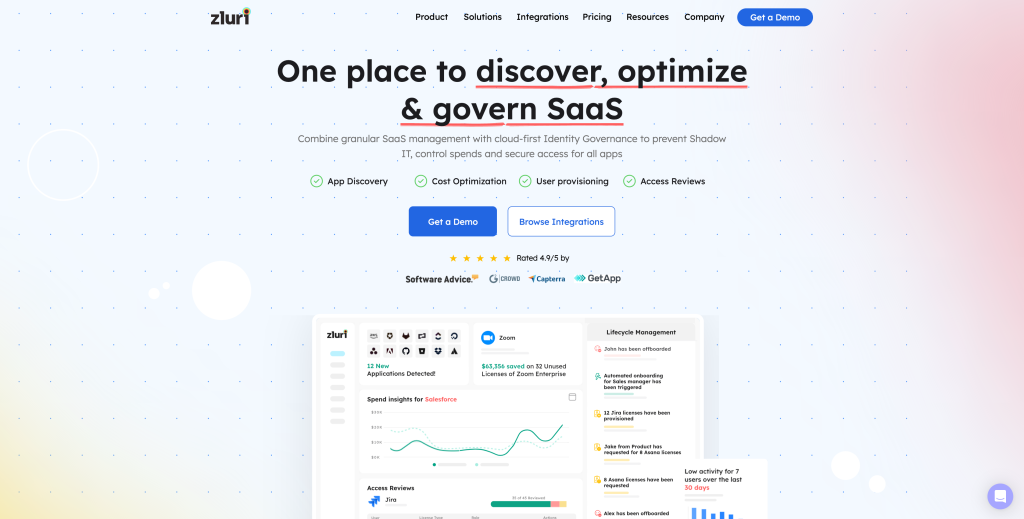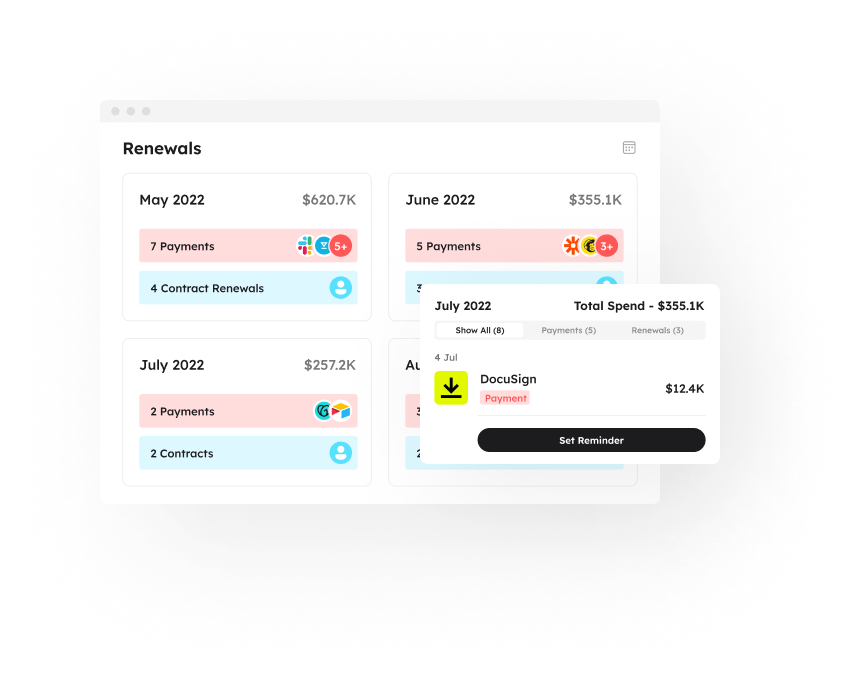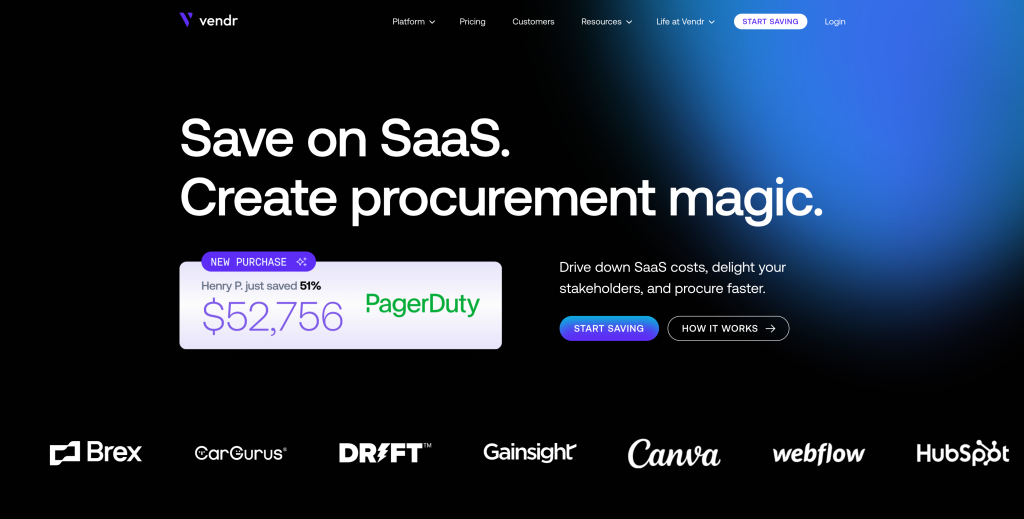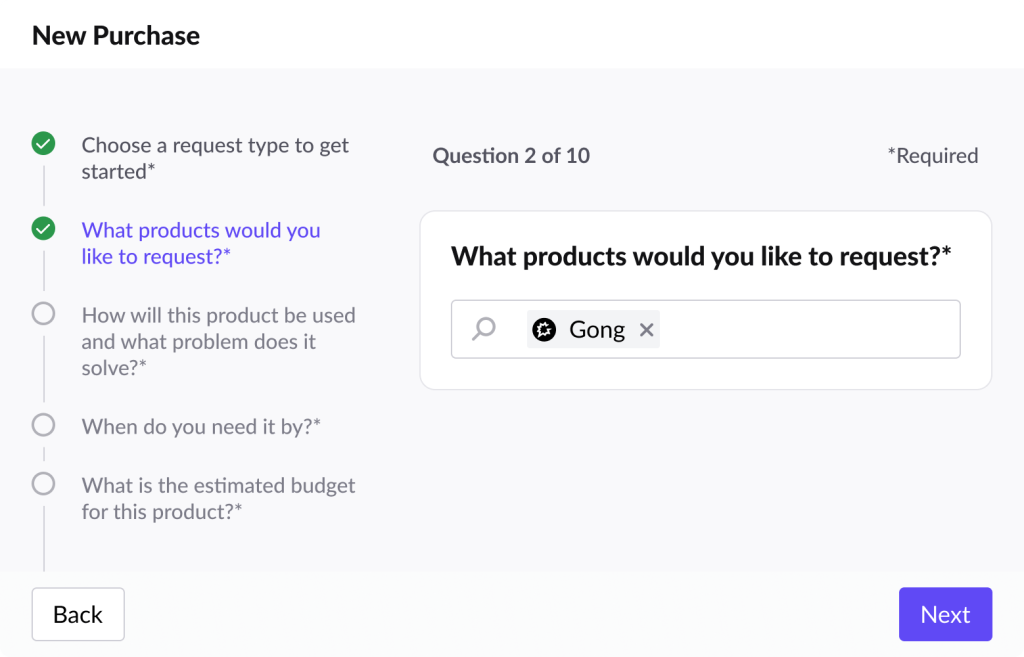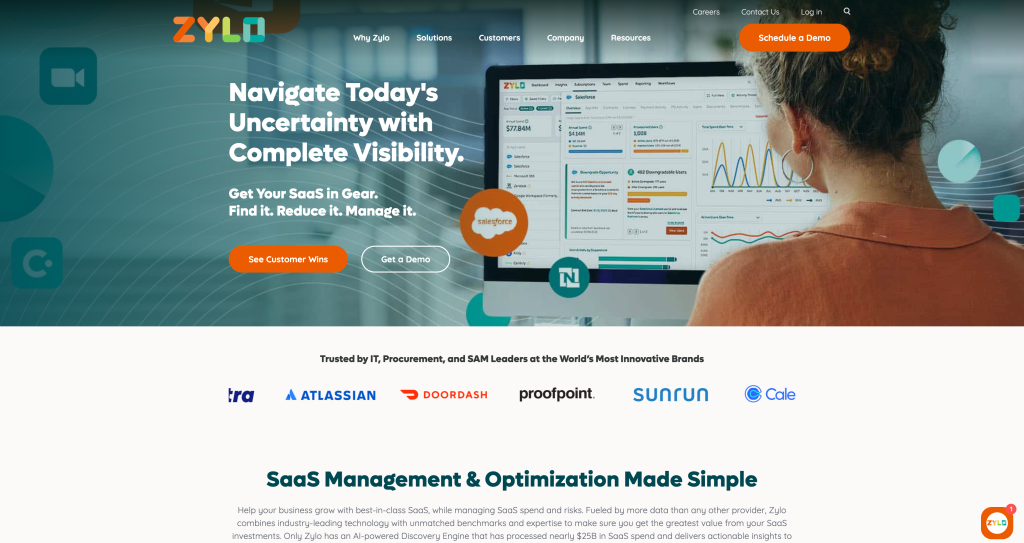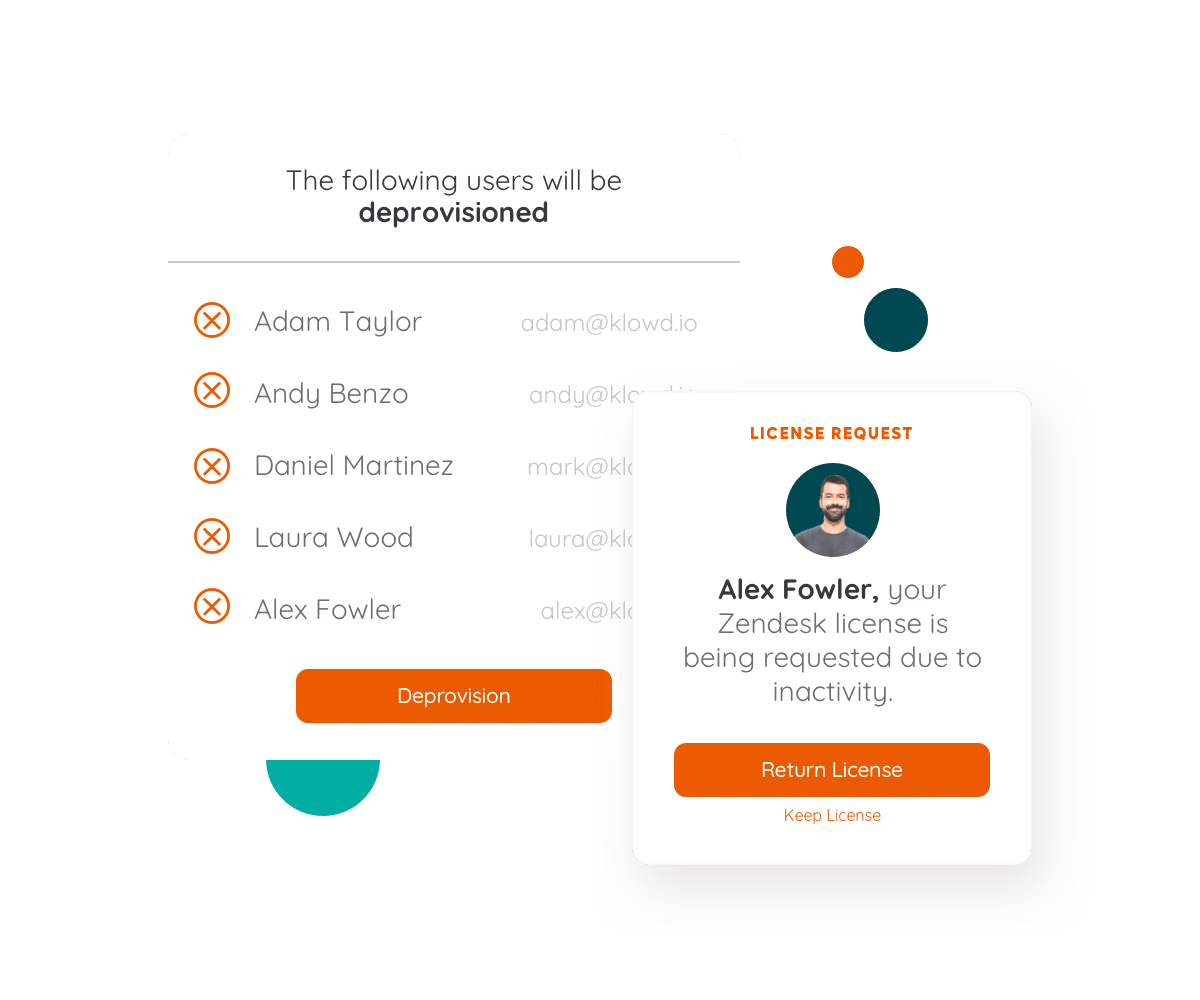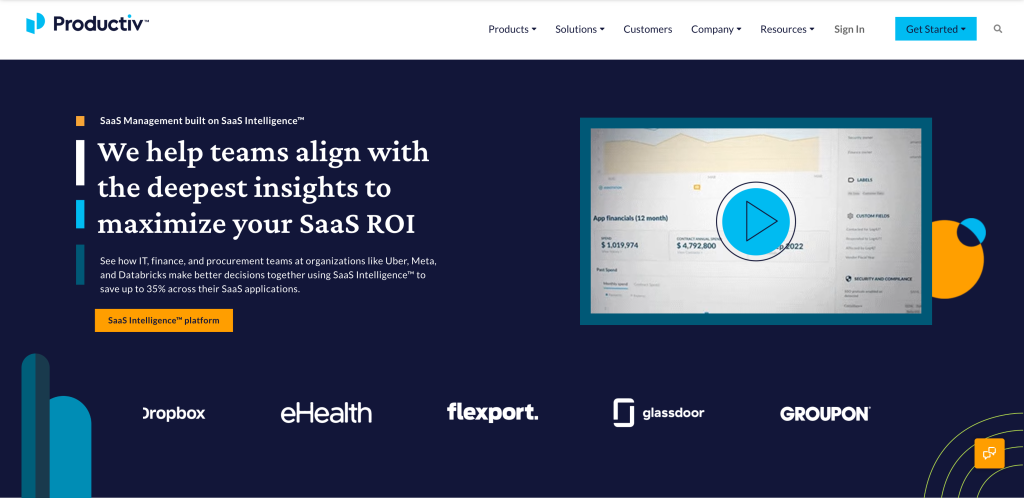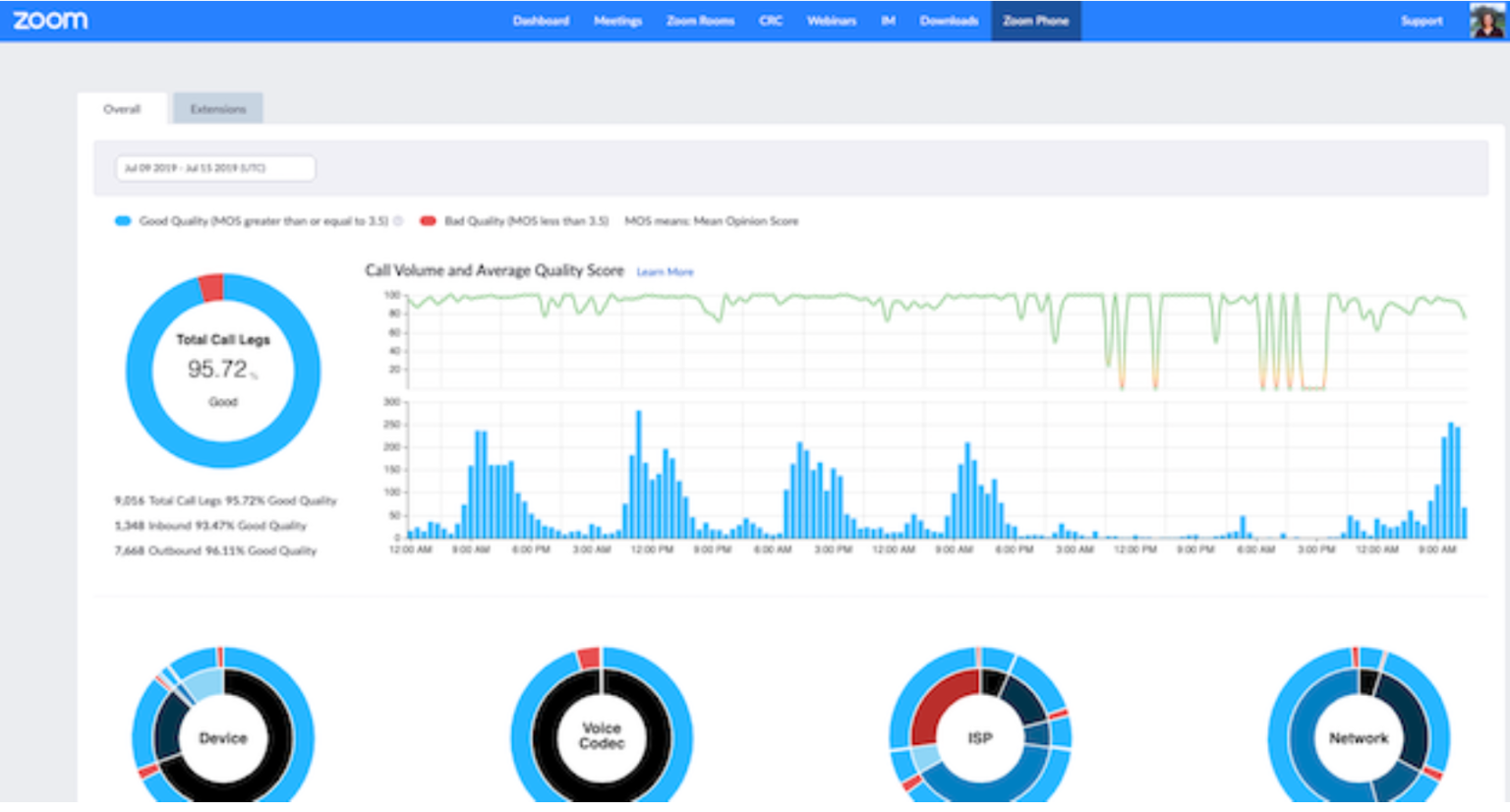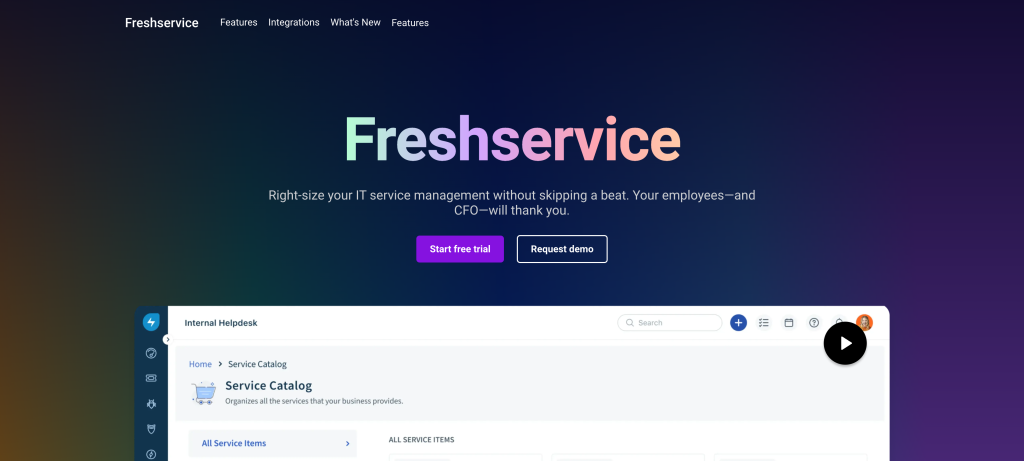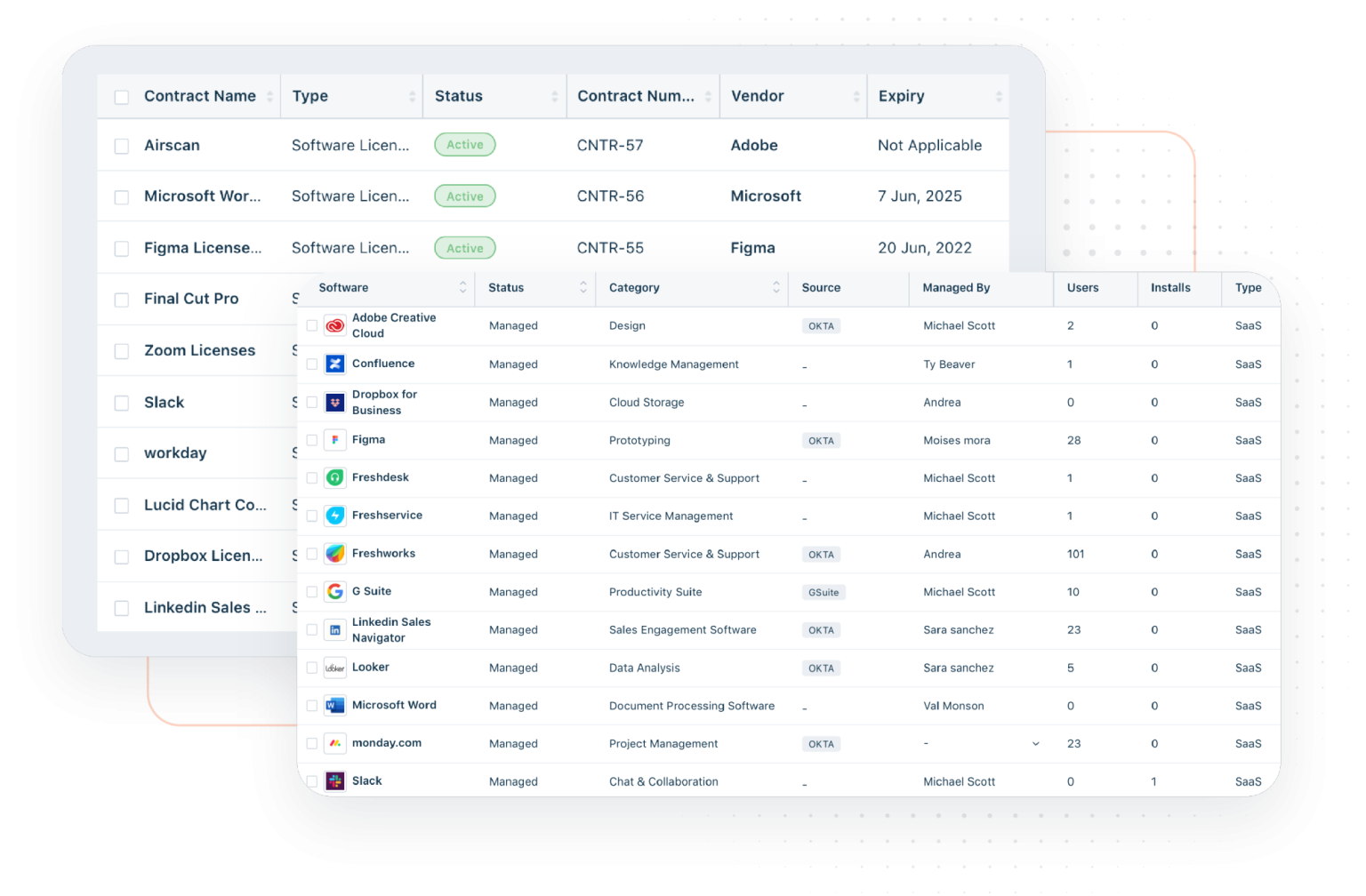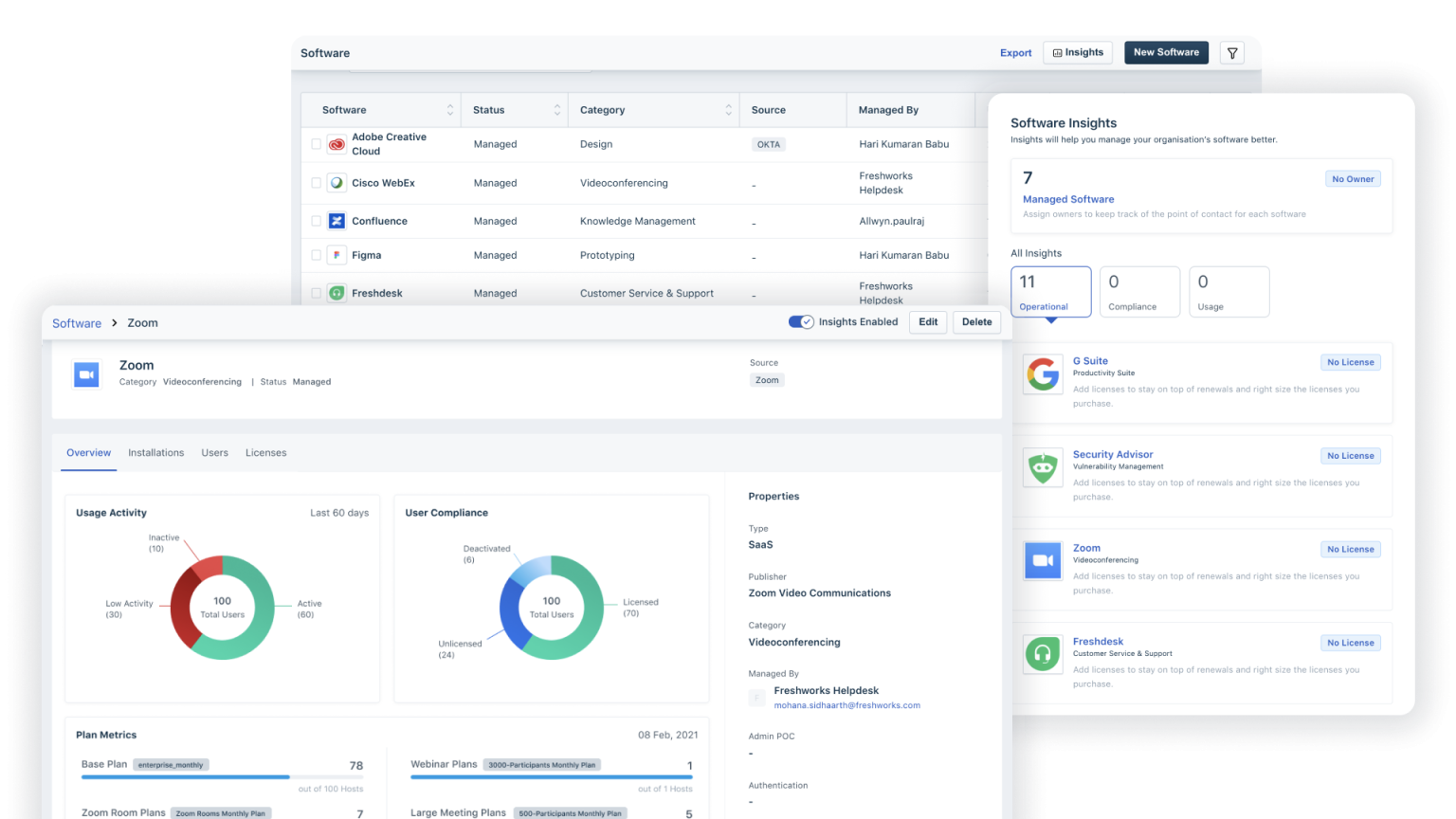SaaS License Management: A Practical Guide
Updated May 28, 2024
Published July 28, 2023
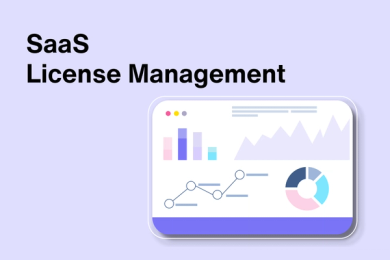
Need help to control SaaS costs and usage across your organization? With software moving to the cloud, many companies lose money and productivity due to decentralized licensing and poor oversight.
This guide will help you take control. Learn the different SaaS license types and terms. Discover best practices to optimize spending and ensure compliance. We cover the top license management challenges and how to overcome them. You’ll also explore software solutions that provide the visibility and automation needed to rein in SaaS applications.
Let’s dive in!
Understanding SaaS Licensing
Software as a Service (SaaS) has changed how businesses work. SaaS gives businesses access to sophisticated software over the internet. To fully use these services, you need to understand SaaS licensing.
SaaS licensing is how you get and manage the right to use SaaS applications. It focuses on cloud-based services and tools. As businesses grow and improve, they need better management options.
Simply put, a SaaS license is a legal agreement for using a SaaS product. It states the terms of use. This includes the number of users, how long you can use it, and what features you get.
There are different SaaS license types, each with its own rules:
- User-Based License – Allows a set number of users. Each has its own login. Costs depend on the number of users.
- Usage-Based License – Pay for how much you use the app, not active users. Can cost less if usage changes a lot.
- Flat Rate License – Pay one flat rate either monthly or yearly. Provides predictable costs.
- Tiered License – Price increases when new features are added. Pick a plan based on needs and budget.
- Feature-Based License – Access only certain features. Flexible if you just need some functions.
Knowing the license types is step one in managing SaaS licenses effectively. It lets you pick the right license for your needs. This ensures you get the most from your SaaS investments.
The SaaS models allowed customers to scale usage based on needs. The pandemic made remote work and digital communication needs grow fast. SaaS tools provide the infrastructure for that. They also cover security-related expenses, reducing risks like client data breaches. That made their tools even more appealing.
What is SaaS License Management?
SaaS License Management is the process companies use to control and manage their various software-as-a-service (SaaS) licenses. It includes tracking which employees use each SaaS application, monitoring how often the apps are used, and optimizing license usage.
Companies want to ensure they comply with licensing contracts, maximize cost savings, and improve their operations. SaaS License Management is a part of software asset management (SAM). It focuses solely on managing cloud/subscription SaaS licenses versus traditional on-premises software. SaaS license management provides insights into cost-cutting strategies and keeping apps running smoothly. It shows the business value of SaaS to companies.
Without effective SaaS License Management, companies can face challenges like:
- Underutilization of licenses: SaaS licenses that don’t get used can waste money since companies still pay for software that employees aren’t fully using.
- Non-compliance: Failure to comply with licensing terms can result in penalties, legal issues, and reputation damage.
- Unintended auto-renewals: SaaS licenses that renew automatically can charge fees for software the company no longer needs.
- Duplicate licenses: Employees might buy their own licenses without approval, leading to paying double for the same software.
- Inefficient resource allocation: Without data on software usage, companies may struggle to plan budgets and staffing efficiently, hurting productivity.
Why is SaaS License Management Important
Good SaaS License Management helps businesses get the most out of their software budgets, follow contracts, and work better overall. Here are the main benefits:
Avoid Overspending on Excess Licenses
Some companies may subscribe to tools and services that are no longer used or needed, which leads to excess licenses.
Companies that use different SaaS solutions should be aware of all the enterprise agreements and make efforts to keep track of the SaaS applications that they use. Using a SaaS management platform or software may make it easier for companies with too many licenses running under the radar.
Control Inactive Licenses
As companies grow, they invest in software licenses and other assets that may reinforce that growth. Often, they may forget about the licenses that were purchased. If the company doesn’t manage users who use certain SaaS solutions, managing inactive licenses can get expensive.
That’s why proper SaaS license management prevents overspending and tackles the problem of controlling the licenses, as well as the number of users that utilize different apps throughout their workflow.
If a certain employee leaves the company, proper SaaS license management ensures that their application access is revoked. That way, the security risks are also lowered.
Enable Cost-Effective Usage
Some SaaS services and tools offer certain premium features at higher costs. License management helps assess whether every user in the company needs access to those features and whether those features are necessary for their job functions.
Organizations that use successful SaaS license management can evaluate feature needs and avoid unnecessary expenses while ensuring cost-effective usage of licenses. They can make informed choices about SaaS investments. For example, companies can track SaaS costs, find overspending, and negotiate better contracts with SaaS vendors.
Streamline License Renewals
Renewing SaaS licenses can become challenging if applications that the business uses are not purchased at the same time. A SaaS management platform can help keep track of renewal dates.
Although many apps provide warnings about licenses expiring in advance, some still don’t, which is why having a systematic approach toward renewal management is crucial for every business that uses multiple SaaS solutions.
Reduce Security and Compliance Risks
Various SaaS solutions offer tiered subscription licenses even if businesses may not need to use all of them.
However, not every employee will need to use all those features. In fact, users should only use the features that are necessary for their job roles. Granting users all the features, even those that are not associated with their roles, can lead to potential abuse and security risks.
If a company is looking to invest in a SaaS application, it’d be advisable to involve the IT department in the evaluation process of the app and ensure that the SaaS product meets the proper security protocols and requirements. That way, the business can ensure that access permissions align with user responsibilities.
Optimize License Allocation
Adequate license management will allow you to monitor usage patterns and identify opportunities to optimize license usage. Optimization also includes relocating different resources to areas where they’re most needed. Using the right resources can help you manage SaaS licenses without making it too expensive for your organization.
In short, good SaaS license management and tools help companies control licenses, improve processes, and maximize software value. Effective license management is essential for the IT strategy of any modern company.
Best Practices for SaaS License Management
Optimizing SaaS licenses will allow you to manage SaaS tool costs and ensure that the organization gets the most value out of its subscriptions. We listed some of the best practices for SaaS license optimization.
Centralize License Management
If you’re looking to build an effective SaaS strategy, you will need to identify and note any existing SaaS assets that your business uses. That said, you need to identify which SaaS licensing your organization uses by creating one source of truth for all software licenses to improve visibility and organization. Make a central inventory of all apps and licenses with details like name, number of licenses, type, expiration, and assigned users.
You will need to eliminate redundant software licenses and identify whether shadow IT is occurring. Additionally, you will need to list all the purchase costs, service fees, and other contracts that may be included in the licensing.
Use a SaaS Platform Solution
If you want to take your SaaS management to the next level, you should know that successful SaaS management requires some financial investment into assets such as a platform solution.
A specialized SaaS management platform can automate and simplify license management, making oversight easier. There are many SaaS license management software options available. These tools can automate tracking licenses and monitoring SaaS usage. Different platform solutions also have reporting features that are important for reducing duplicates and redundancies. They streamline the process so companies can more easily control and optimize their licenses. The automation helps manage licenses at scale and gain insights into usage.
Rationalize the Application Portfolio
Companies often overspend on SaaS solutions they won’t need, or at least in the long term. The number of SaaS solutions and similar capabilities they offer raises the need to rationalize your application portfolio, which is important for identifying what business needs your software needs to meet.
Rationalizing your application portfolio also helps identify which SaaS applications you need to remove due to redundancy.
Additionally, you can also identify which apps don’t meet the needs of your business and help you identify the apps that could offer more than what you currently have.
Having a SaaS platform that has an intuitive dashboard and user-friendly interface can help you easily compare the apps your organization uses and evaluate which apps are perfect for your business model.
Set Alerts
Having a platform that helps you keep track of your SaaS stack can help you set alerts for situations or scenarios you don’t want to occur. Setting alerts can automate the process of license renewal and prevent duplicate licenses and overlapping SaaS subscriptions.
To set the alerts, the SaaS platform should allow you to set parameters for risk control. For example, setting an alert every time you exceed a certain cost limit, warnings about unused licenses, and others. Following these alerts can help you manage contract renewals and reevaluate needs and make informed decisions about the next steps.
Implement a Business-Led Procurement Processes
Different SaaS apps can help you leverage your business strategy, and all you need to subscribe is a credit card.
However, even though simple SaaS subscriptions can make a lot of processes easier, it’s still necessary to be aware of potential security concerns and involve IT teams and procurement to prevent excessive spending for procurement.
Businesses should adopt a “business-led” approach towards software purchases. The organization should decide on the SaaS software tools it requires without high software costs. Using a management platform can help track costs and SaaS licenses.
That way, managers within the organization can make well-timed purchasing decisions while the finance team as well as IT maintain oversight of SaaS assets.
Monitor Usage and Spending
Most companies use proactive strategies to track costs and spending on different SaaS applications. A good SaaS management tool can help businesses avoid overspending and make informed decisions about consolidating licenses.
It’s also important to regularly track and analyze how licenses are used to find unused ones to reassign or cancel, optimizing license allocation and cutting costs.
Enable Collaboration Across the Organization
Whether you’re using a SaaS management tool for monitoring and managing software licenses or not, you should rely on involvement and support from different managers, contributors, and stakeholders across the organization.
Make sure to educate everyone about the potential risks associated with SaaS applications and introduce them to the best practices needed to mitigate those risks effectively. That way, you can successfully manage SaaS licenses.
Conduct Regular Audits
It’s important to audit your company’s SaaS licenses on a regular basis, such as quarterly or biannually. Regular audits help ensure employees are using licenses properly and in compliance with software agreements. Look for any unused licenses that can be reallocated or terminated as well as any potential breaches of license terms. Maintaining an accurate inventory through audits provides crucial visibility into SaaS spending and utilization.
Educate Your Users
Educating employees about the importance of proper SaaS license use is key. Employees should understand license terms, like user limits, geographic restrictions, and usage rights. Provide clear guidelines on acceptable use and have employees acknowledge license policies. Also inform staff on how to report any potential misuse or unauthorized access. Ongoing user education helps minimize compliance risks and empowers employees to be partners in responsible SaaS management.
Report on Important KPIs
To understand the effectiveness of your SaaS license management, regularly monitor and report on key performance indicators (KPIs) like SaaS spending as a percentage of IT budget, number of redundant licenses eliminated, frequency of audits and policy reviews, percentage of employees trained on policies, and number of reported violations. Tracking these KPIs over time shows the concrete impact of your management strategy.
A robust SaaS management platform can automate the tracking of these KPIs. The insights help optimize your SaaS portfolio by highlighting successes and areas for improvement. Evaluating KPI trends also demonstrates the ROI of your efforts to leadership. Proactively monitoring meaningful KPIs ensures your license management strategy continues minimizing risks and costs long-term.
Challenges in SaaS License Management
Managing SaaS licenses is challenging for many companies. There are so many apps, license types, and decision-makers within an organization. This makes it hard for IT teams to clearly see what software is being used, when, and why.
Often, SaaS license tracking is disorganized across an organization. Individual teams might keep their own license records in spreadsheets. These spreadsheets are difficult to combine into one complete company-wide view. Some companies have no tracking system at all. Even spreadsheets make it tough to get data on available license counts, usage of key apps, and other important info for budget planning.
It’s common for companies to pay for software licenses that don’t get used. This wastes money since they’re still paying for apps that employees aren’t really using. Checking license usage regularly and making changes can cut down on overspending. But without one central system to track everything, it’s complicated and time-consuming to get a handle on which licenses are unused.
Licenses that renew automatically can also lead to unexpected fees for software the company no longer needs. Setting up reminders about renewals can help avoid this. But keeping those reminders organized long-term takes a lot of effort.
The good news is solutions exist to provide a unified SaaS license view and facilitate coordination. SaaS management platforms centralize data, automate processes, and streamline oversight. This helps address the challenges of SaaS license management and fully optimize software investments.
Popular SaaS License Management Platforms
SaaS license management platforms give organizations visibility and control over their software subscriptions. Using these tools can help optimize costs, ensure compliance, and provide valuable insights into software usage. The benefits of implementing a SaaS management solution include increased operational efficiency, reduced software spending, and improved governance over decentralized software adoption. Below are some leading options:
Zluri – An end-to-end platform to manage the SaaS lifecycle, including discovery, optimization, governance, and automation. Key capabilities include license management, usage analytics, and integrations with 750+ apps.
Vendr – A procurement solution to streamline SaaS purchasing with automation, market expertise, and data-driven insights. Vendr delivers faster procurement cycles, consolidated renewals, and guaranteed ROI.
Zylo – An intelligent SaaS management platform providing comprehensive visibility through automated discovery, optimization via usage analytics, and governance over shadow IT risks.
Productiv – An enterprise platform unifying SaaS usage, contracts, and workflows to enable collaborative decision-making. Features like procurement hub and app insights drive efficiency.
Freshservice – A service management solution with built-in SaaS tracking and monitoring. IT teams can maintain accurate CMDB records and manage software licenses and IT assets from a unified portal.
Organizations can optimize costs, increase operational efficiency, and make data-driven decisions around their software portfolios by implementing the right SaaS management solution for their needs.
Conclusion
As SaaS adoption grows, effective license management is essential to optimize costs, ensure compliance, and maximize value. Centralize tracking, monitor usage, and optimize renewals using data insights. Organizations can implement oversight best practices for the cloud era with the right strategies and tools. This prepares businesses for success as they transition to SaaS models – controlling costs, reducing risks, and driving efficiency.
Share This Post
Ada Rivers
Ada Rivers is a senior writer and marketer with a Master’s in Global Marketing. She enjoys helping businesses reach their audience. In her free time, she likes hiking, cooking, and practicing yoga.
Allow cookies
This website uses cookies to enhance the user experience and for essential analytics purposes. By continuing to use the site, you agree to our use of cookies.
